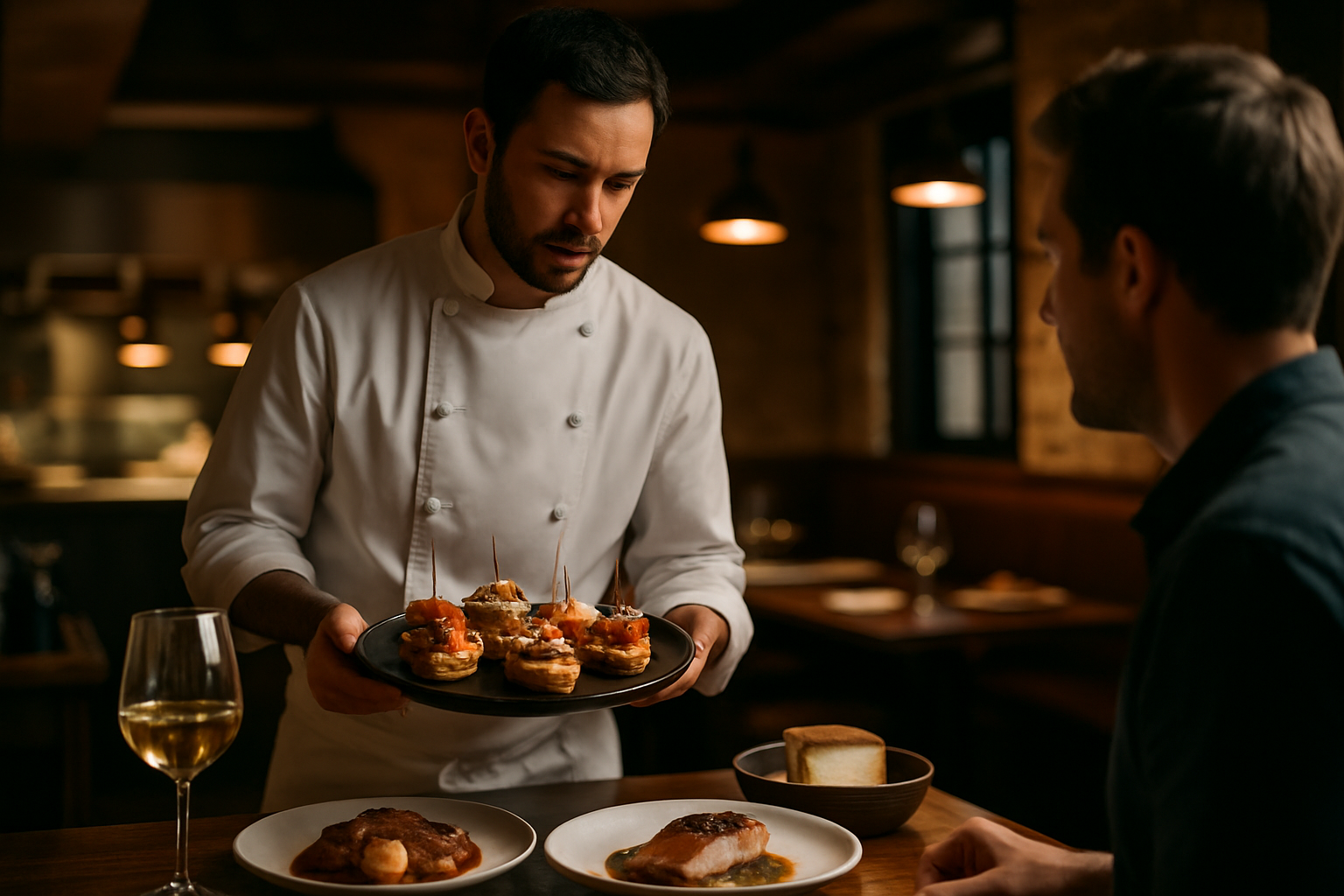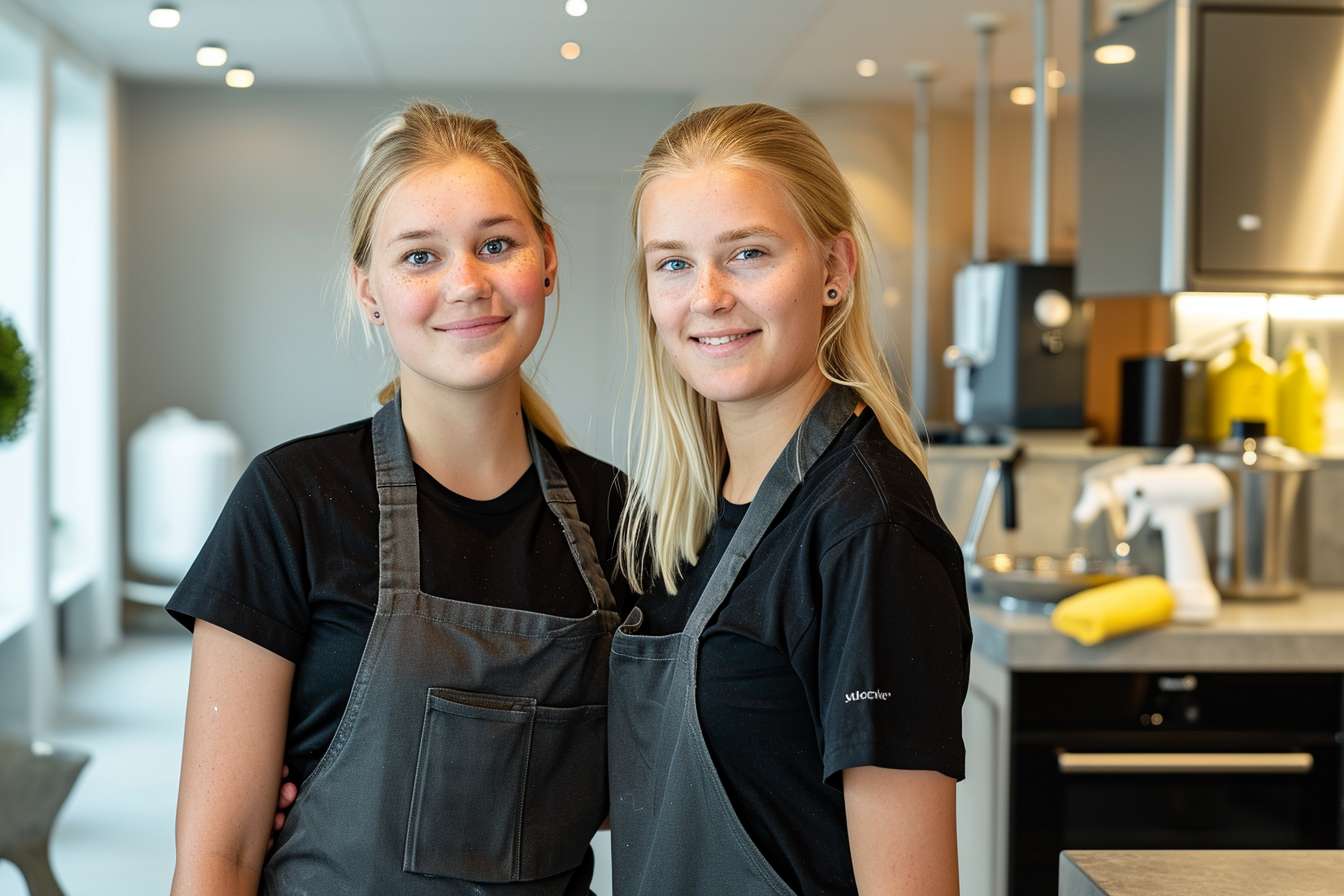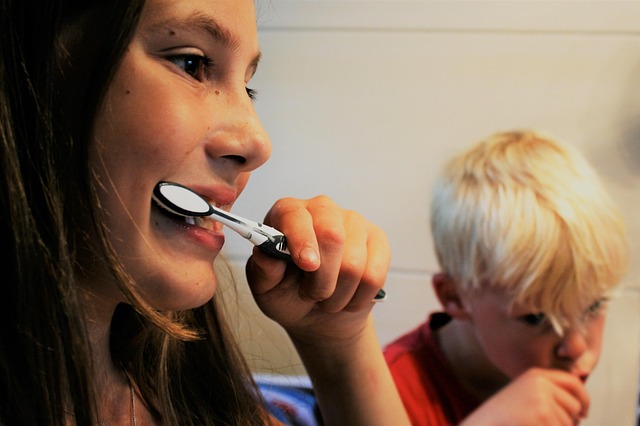What Shapes Restaurant Workflows in Qatar: A Look Into Roles, Routines, and Team Dynamics
Restaurant environments in Qatar run on a rhythm built from clear responsibilities, coordinated teamwork, and structured service stages. Behind every shift lies a system that brings together front-of-house interactions, kitchen flow, quality routines, and the ability to adapt during peak hours. Understanding how teams distribute tasks, maintain consistency, and support each other across different restaurant formats reveals why daily operations feel so organized and interconnected. This material explores how roles evolve, how workflows are built, and what influences the pace inside Qatar’s diverse hospitality landscape.

The restaurant industry in Qatar has grown significantly over recent years, driven by tourism, expatriate communities, and a thriving local dining culture. Behind every successful meal lies a complex web of coordinated tasks, clear role definitions, and adaptive routines. Whether in fine dining establishments, casual cafes, or quick-service outlets, the way teams organize their work directly impacts service quality, efficiency, and guest satisfaction.
How Different Restaurant Formats Organize Their Routines
Restaurant formats vary widely across Qatar, from high-end international chains in Doha’s luxury hotels to traditional Arabic restaurants and fast-casual concepts in shopping districts. Each format demands distinct workflow structures. Fine dining venues typically operate with clearly defined stations, where chefs specialize in specific sections such as appetizers, mains, or pastry. Service staff follow formal protocols, including detailed mise-en-place preparation and synchronized timing between courses.
Casual dining restaurants often adopt more flexible approaches. Team members may rotate between hosting, serving, and food running duties depending on shift demands. Quick-service and fast-casual formats emphasize speed and standardization, with assembly-line preparation methods and point-of-sale systems that streamline order processing. Traditional Middle Eastern restaurants may integrate family-style service patterns, where large platters are prepared simultaneously and delivered to tables in coordinated waves. Format choice influences staffing levels, training requirements, and the pace at which tasks must be completed throughout service periods.
Coordination Between Front-of-House and Kitchen Teams
Effective communication between dining room staff and kitchen personnel forms the backbone of smooth restaurant operations. In Qatar’s multicultural workforce environment, where team members often come from diverse linguistic and professional backgrounds, establishing clear communication channels becomes especially important. Many establishments use kitchen display systems or ticket printers to transmit orders accurately, reducing verbal miscommunication during busy periods.
Front-of-house staff must understand menu items thoroughly to answer guest questions, accommodate dietary restrictions, and relay special requests to the kitchen. Servers typically communicate timing needs, table turnover expectations, and guest feedback to chefs and line cooks. Kitchen teams, in turn, provide updates on dish availability, preparation times, and any modifications that may affect service flow. Regular pre-shift meetings help align both teams on daily specials, ingredient changes, and anticipated volume.
In higher-volume restaurants, expeditors or pass coordinators act as liaisons, ensuring plates leave the kitchen at proper temperatures and in correct sequence. This role becomes critical during peak hours when multiple tables require simultaneous attention. Strong coordination minimizes delays, reduces food waste from incorrect orders, and enhances the overall dining experience through timely, accurate service.
Factors Shaping Workflow Consistency in Restaurants
Several elements determine how reliably a restaurant maintains its operational rhythm. Staffing stability plays a major role, as experienced team members develop intuitive understanding of their colleagues’ working styles and anticipate needs without constant direction. High turnover, common in hospitality sectors, can disrupt established patterns and require ongoing training investments.
Menu complexity directly affects workflow consistency. Restaurants offering extensive menus with intricate preparations face greater challenges in maintaining uniform quality and timing compared to those with focused, streamlined offerings. Ingredient availability and supply chain reliability also impact routines, particularly for establishments sourcing specialty items or maintaining strict quality standards.
Physical layout influences movement patterns and efficiency. Well-designed kitchens minimize unnecessary steps, position equipment logically, and provide adequate space for multiple team members to work simultaneously without interference. Dining room configurations affect server routes, table turnover rates, and the ease with which staff can monitor guest needs.
Technology adoption has transformed workflow management in many Qatar restaurants. Reservation systems help predict volume and optimize table assignments. Inventory management software tracks ingredient usage and triggers reordering. Point-of-sale systems integrate with kitchen displays and generate sales analytics that inform scheduling and purchasing decisions. However, technology effectiveness depends on proper implementation and staff training to use these tools consistently.
Cultural factors unique to Qatar also shape workflows. Restaurants must accommodate prayer times, observe Ramadan schedules with adjusted operating hours, and respect local customs regarding gender-separated dining areas in some establishments. These considerations require flexible staffing models and adaptive service approaches that maintain consistency while honoring cultural expectations.
Building Effective Team Dynamics
Successful restaurant operations rely on cohesive teams where members understand their responsibilities and support one another during challenging moments. Clear role definitions prevent confusion, yet the best teams develop cross-functional capabilities that allow coverage during absences or unexpected rushes. Training programs that emphasize both technical skills and interpersonal communication foster stronger collaboration.
Leadership styles significantly influence team dynamics. Managers who model professionalism, provide constructive feedback, and recognize strong performance tend to cultivate more motivated, reliable teams. Regular performance reviews, skill development opportunities, and pathways for advancement help retain talented individuals who contribute to workflow stability.
Many Qatar restaurants employ international staff alongside local team members, creating multicultural work environments. This diversity brings varied perspectives and skills but requires intentional efforts to build mutual respect and understanding. Team-building activities, shared meals, and inclusive communication practices help bridge cultural differences and strengthen workplace relationships.
Adapting Routines to Service Periods
Restaurant workflows shift throughout the day to match varying demand levels. Preparation routines dominate morning hours, with kitchen staff performing ingredient prep, checking equipment, and organizing stations. Front-of-house teams set dining rooms, review reservations, and conduct opening checklists.
Lunch and dinner service periods demand heightened coordination and faster execution. Teams operate at peak capacity, with every role contributing simultaneously to serve multiple tables efficiently. Post-service routines include cleaning, restocking, and preparation for subsequent shifts. Closing procedures ensure facilities are secure, inventory is recorded, and any issues are documented for management review.
Successful restaurants develop standardized routines for each service period while maintaining flexibility to handle unexpected situations such as large walk-in parties, equipment malfunctions, or ingredient shortages. This balance between structure and adaptability defines operational excellence in Qatar’s competitive dining landscape.
Restaurant workflows in Qatar reflect a sophisticated interplay of format-specific practices, team coordination, and adaptive management. As the industry continues evolving, establishments that invest in clear processes, effective communication, and strong team development position themselves for sustained success in delivering memorable dining experiences.




